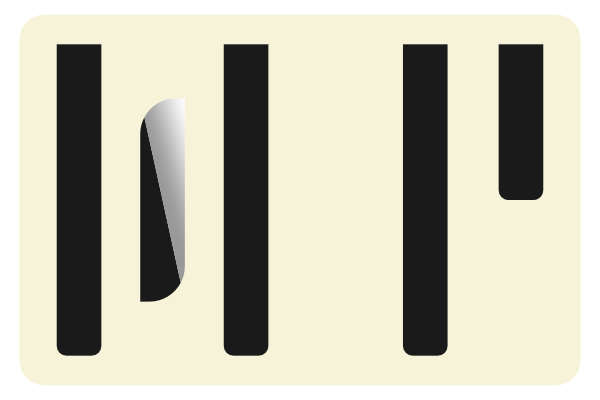REPAIR
Eventually, wooden parts in your piano may crack, glue may weaken, pieces of felt may detach, and strings may break. Piano repairs can often be performed on site, but if a repair requires glue, the piano should not be played for at least 24 hours while the glue sets. Occasionally, worn or broken parts may need to be replaced, especially if warped, damaged by rodents, or missing completely.
If you have broken strings, do not remove them from the piano. The original string must be measured to ensure it is replaced with the same size string. I charge $15 for each replacement string (bass strings cost extra). Other repairs are priced on an individual basis according the cost of replacement parts and time spent on the repair. Taking a photo of the part needing repair and emailing it to me can greatly expedite the process.
REGULATION
Sometimes playing certain notes on your piano just doesn't feel right. Keys will stick. Hammers will double-strike or not strike at all. Strings will continue to sound after you have released the key. These are all symptoms that your piano needs regulation.
There are many parts in your piano that can be adjusted to compensate for wear and compacting of felt. Most of the time, it only takes a few small adjustments to get things back in proper working order. However, pianos that have been untouched for many years can require hours of regulation work to become playable again.


